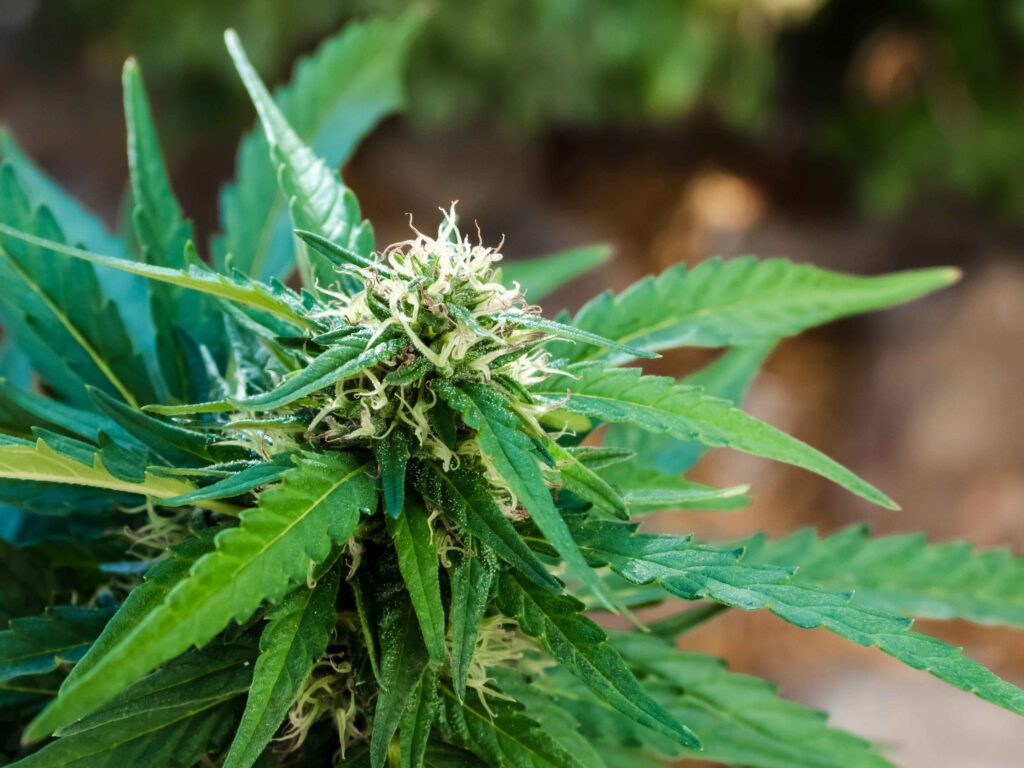Cannabis, Cannabis for Health
Exploring the Endocannabinoid System: How Cannabis Interacts with Our Bodies
Cannabis has been used for centuries for its medicinal and recreational properties. However, it wasn’t until recent years that scientists discovered the fascinating connection between cannabis and our bodies through the endocannabinoid system. In this blog post, we will delve into the intricacies of the endocannabinoid system and explore how cannabis interacts with it to produce its effects.

Understanding the Endocannabinoid System:
The endocannabinoid system (ECS) is a complex network of receptors, enzymes, and endocannabinoids that are naturally present in our bodies. It plays a crucial role in maintaining homeostasis, or balance, within various physiological processes such as mood, appetite, pain sensation, and immune response.
The ECS consists of two main types of receptors: CB1 and CB2. CB1 receptors are primarily found in the central nervous system, while CB2 receptors are predominantly located in the peripheral tissues, especially in the immune system. These receptors are activated by endocannabinoids, which are naturally produced by our bodies.

Cannabis and the ECS:
Cannabis contains over 100 different compounds called cannabinoids, the most well-known being delta-9-tetrahydrocannabinol (THC) and cannabidiol (CBD). When consumed, these cannabinoids interact with the ECS by binding to CB1 and CB2 receptors, mimicking the effects of endocannabinoids.
THC, the psychoactive compound in cannabis, binds primarily to CB1 receptors, leading to the euphoric and intoxicating effects commonly associated with cannabis use. On the other hand, CBD interacts with both CB1 and CB2 receptors, but without producing the same psychoactive effects as THC. CBD is known for its potential therapeutic properties, such as reducing inflammation and anxiety.

The Effects of Cannabis on the ECS:
By interacting with the ECS, cannabis can have a wide range of effects on our bodies. Some of the common effects include:
Pain Relief:
Cannabis has been used for centuries as a natural pain reliever. When cannabinoids bind to CB1 receptors in the central nervous system, they can help reduce pain perception.
Mood Regulation:
The ECS plays a crucial role in regulating mood and emotions. Cannabis consumption can influence the release of neurotransmitters like serotonin and dopamine, leading to mood enhancement or relaxation.
Appetite Stimulation:
The activation of CB1 receptors in the brain can increase appetite, commonly referred to as the “munchies” effect. This property has been utilized in medical settings to help patients with conditions like cancer or HIV-related appetite loss.
Anti-inflammatory and Neuroprotective Effects:
CBD, in particular, has shown promising anti-inflammatory and neuroprotective properties. It may help reduce inflammation, protect brain cells, and potentially alleviate symptoms of conditions like epilepsy and multiple sclerosis.
The discovery of the endocannabinoid system has shed light on the intricate relationship between cannabis and our bodies. By interacting with the ECS, cannabis compounds like THC and CBD can produce a wide range of effects, from pain relief and mood regulation to appetite stimulation and anti-inflammatory properties. As research continues to unfold, we can expect to gain a deeper understanding of how cannabis can be utilized for both medicinal and recreational purposes while harnessing the potential of the endocannabinoid system.

